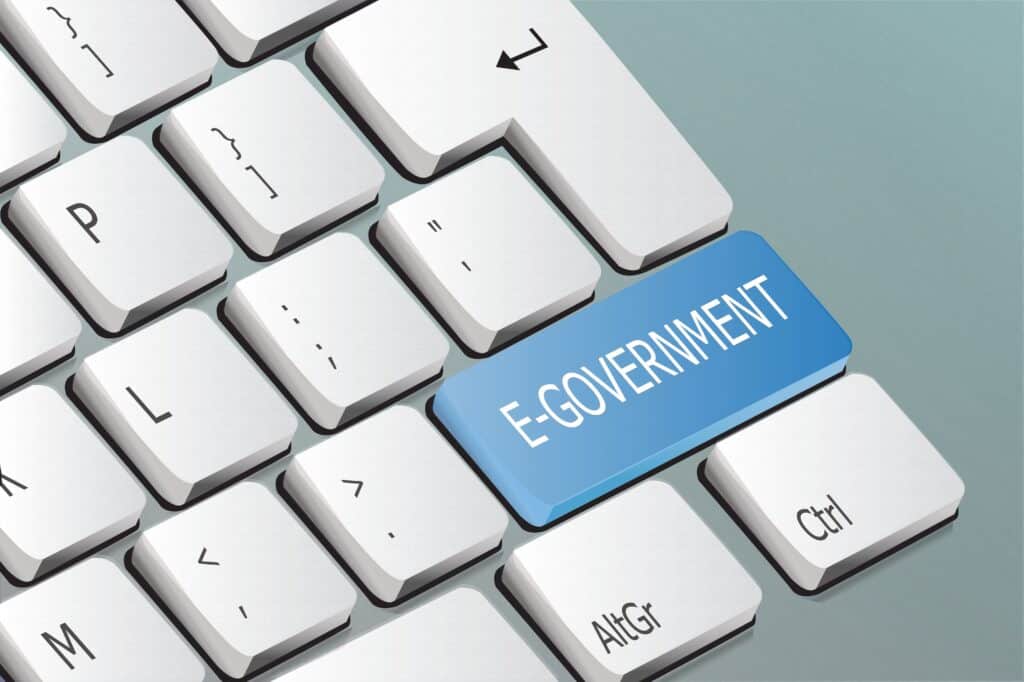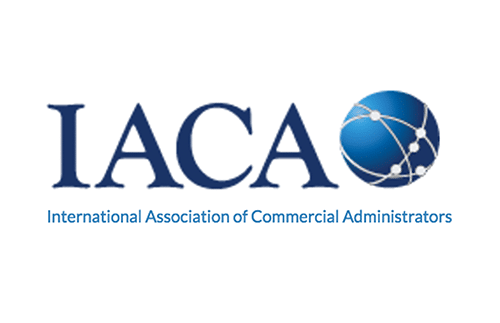Over the last several years, there has been increasing emphasis on addressing language barriers in requesting state and local government services. However, building multilanguage capabilities into the digital environment is still a challenge, striking at the heart of one of state and local governments’ highest-priority objectives. Language barriers can pose challenges for people integrating into American society, including accessing public services.
Twenty-four years ago, the Clinton Administration issued Executive Order 13166, requiring federal agencies to grant program access to citizens with limited English proficiency (LEP). Furthermore, not doing so is considered discrimination based on national origin in violation of title VI of the Civil Rights Act of 1964. While Order 13166 encompasses federal agencies, the guidance impacts any state and local agencies that receive federal financial assistance. Furthermore, forward-thinking state and local agencies continue to enact their own laws and policies to be of better service to their residents.
Digital Forms: The Common Denominator
Most requests for constituent services are driven by forms. The conversion from print and legacy forms to digital (and integrated workflow automation) reached a new level of interest during the COVID-19 pandemic. Agencies that made the transition to digital forms were able to continue operations, while delivering vital public services.
However, forms that aren’t available in a citizen’s native language can be a major barrier for non–English speaking residents and persons with LEP. Incomplete or inaccurate submissions and abandonment prohibits users from obtaining essential information and services they are entitled to.
To encompass the native languages spoken within a community, there must be an intuitive, compliant, and efficient system for creating multilanguage forms.
Traditional Barriers to Second Language—and Service Equity
In practice, the cost and technical complexity of translating form content into just a few languages can be extremely high. For example, let’s estimate that it takes an average of two hours to translate one simple PDF form into another language. Now, multiply that by several hundred forms and four languages:
(200 English Forms x Four Languages) = 800 Forms
(800 Forms x Two Hours Per Form) = 1600 Hours or 40 Weeks
Needless to say, the time required between internal staff and third-party services would be staggering. Even a straightforward example like the one above can snowball into hundreds of thousands to over a million dollars depending on progress and inevitable project delays. In addition, the sheer volume of forms makes the project very hard to track and QA.
Traditionally, translating digital forms hasn’t moved the needle on cost and time savings either, but the emergence of new technology is changing that. The good news for agencies is that technology can bring the cost and time of translating documents down— significantly. Furthermore, the solutions are intuitive for nontechnical employees, making implementation much simpler. However, to truly optimize these technology assets, equity-minded public bodies have to adhere to a few principles.
Write Once, Translate Many
It’s time to make point translations a thing of the past, except in such circumstances that language experts are required by policy. Modern language access functionality allows agencies to translate form fields into multiple languages simply by selecting a preferred language from a dropdown menu.
Agencies should only have to convert a single English form to HTML, while auto-translation functionality converts the form into specific languages. The benefit is clear: changes made to a single template create vast efficiencies and time savings, and LEP users can select their preferred language with one click.
The Right Staffer for Forms in Any Language
Foreign languages often strain manual review and approval processes, and it isn’t uncommon for agencies to dedicate staff to handle applications completed in a specific language. Larger agencies that support multiple languages may experience delays in getting such forms translated due to sheer volume.
By integrating forms with a workflow automation solution, rules can be configured to instantaneously route forms to the matching reviewer based on the language that was selected in the dropdown menu, ensuring timely handling of applications.
Manual Override: Inserting the Right Translation
Although these solutions solve important language-related challenges, they can potentially introduce new problems. Ambiguity, double meanings, and vague interpretations can occur during the translation process. A dodgy translation can require measures to mitigate miscommunications that can result in adverse outcomes for applicants and agencies alike.
As a result, reviewers, particularly those in the legal department, must be given an easy way to override automatic translations and substitute more accurate phrasing. An awkward or inexact interpretation could obscure the intent of applicants and thwart constituent service. Ramifications include delivery of incorrect public services, unintended offensive communication, and possibly even lawsuits. It is equally critical that changes made to mitigate these consequences are recorded, archived, and easily retrieved in the event an interaction or translation is in dispute.
Glossaries Define Successful Multilanguage Service
The other essential element for accurate and logical translation includes the use of glossaries. Glossaries provide standardized, comprehensive vocabularies that have been commissioned and organized by professional organizations. For example, the US Election Assistance Commission has glossaries of election terminology.
For example, the word “coordinates” could mean a geographical location or latitude or longitude, or it could mean putting an event together. By aligning form data with published glossaries, the context of each language is clear, and the appropriate definition is used.
Glossaries can mitigate potential problems by applying the most appropriate definitions of certain words. Agencies just need to define preferred terms once, and their glossaries will apply for all supported languages.
Language Support Underpins Equity Efforts
More than ever, the cost of translation is within reach of public bodies. This is important not only to serve the public, but to mitigate the threat of discrimination litigation. Multilanguage capabilities are essential to meeting the needs of all citizens, as well as public equity objectives. Technology that increases access to services (as well as the speed at which they are delivered) improves the user experience and demonstrates a proactive effort to comply with civil rights obligations.
Breaking down language barriers goes beyond compliance. By implementing a sound approach to the design and management of multilingual forms, state and local governments can reduce institutional language hurdles and better serve their diverse communities by creating more inclusive environments.














